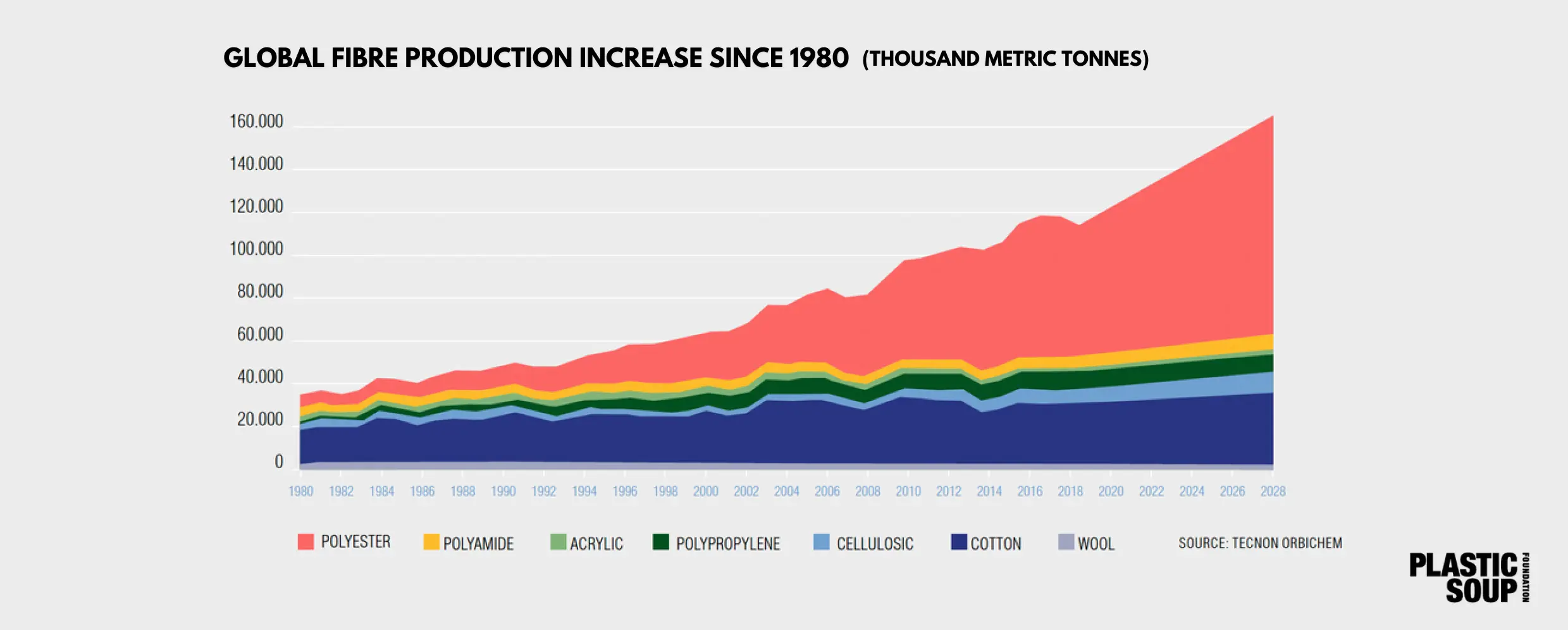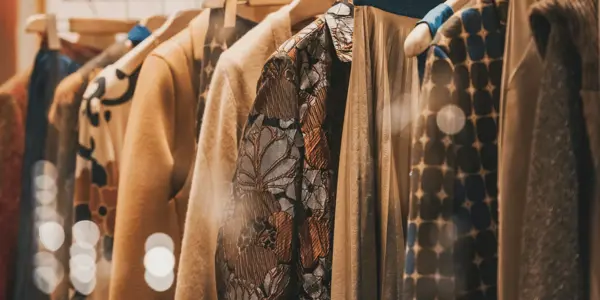Nice outfit! But do you really know what you're wearing?
Find out how aware you are of plastic in fashion. Take the quiz!
Find out how aware you are of plastic in fashion. Take the quiz!



Most of our clothes today are made from synthetic fibres like polyester, nylon, and acrylic. Every wear and wash releases microplastics—tiny plastic particles that pollute not just the planet, but also our bodies. Want to make better choices?




Read more

Read more

Read more

Read more
Read more

Read more
© 2025 Plastic Soup Foundation